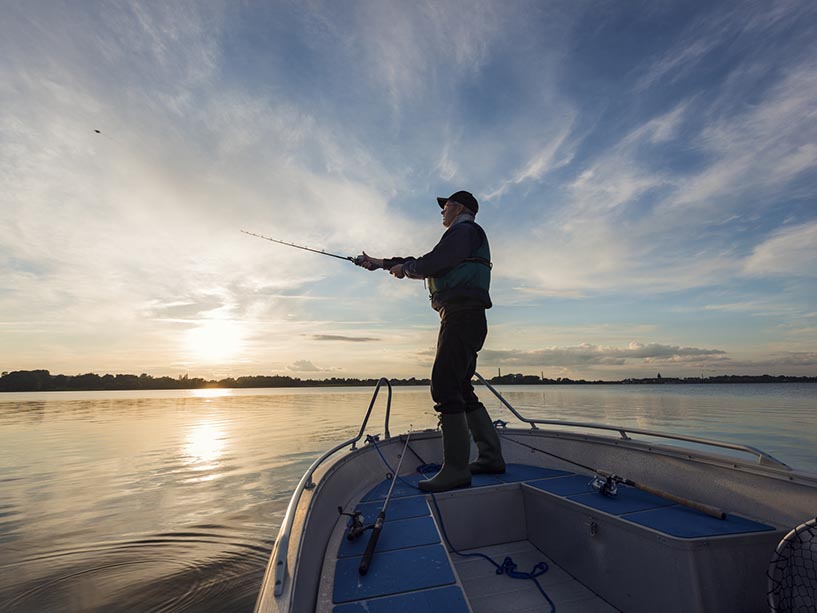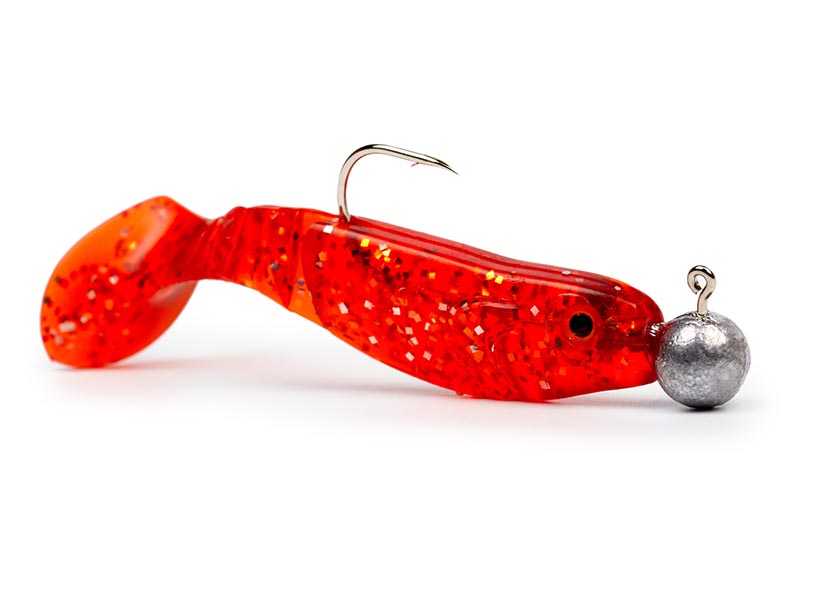Assessing the environmental risks of fishing

Anglers in Germany say they are open to alternatives to plastic lures.
Summer may be winding down but it's still fishing season. And while TMU may be considered an urban institution, research from the Faculty of Science is helping to understand the risks associated with plastic fish lures on an international level.
Professor Roxanna Suehring, from the department of chemistry and biology, and principal investigator in TMU’s Emerging Contaminants Lab, was part of an international research team led by the Fisheries Research Institute in Germany. Suehring and colleagues at the University of Saskatchewan were asked to explore just how toxic plastic fish lures are. Suehring, based on her work and expertise in contaminants in plastics, was responsible for identifying contaminants. Her colleagues at the University of Saskatchewan explored toxicity.
Contaminants discovered
Over the course of 61 days, the research groups examined 16 common models of soft plastic fishing lures available internationally. Suehring was looking for the release of water-soluble plastic additives, including so-called plasticizers, and asking the question: do these lures release additives in water?
Results show that 10 of the 16 baits examined released various plasticizers, including known harmful phthalates. In addition, 45 other persistent, mobile and toxic plastic additives were detected.
“These lures not only contain plasticizers, but colourants, which makes sense,” said Suehring. “They have bright colours and are known to be persistent, living a long time in their environment.” Meaning that, if the lure is lost in the water or eaten by a fish, it could result in contamination.
“While concentrations in general were low, we worry about the long-term effects, particularly since one of the lures actually resulted in detectable toxic effects, or, endocrine disruption..”

Plastic fishing lures are colourful, squishy and fun to look at, but are they toxic?
Anglers weigh in on toxic ingredients
Suehring says that one aspect of the research she found most interesting was the social science research conducted by her colleagues at the Fisheries Research Institute in Germany, where they spoke to different anglers about plastic fishing lures.
The majority of participants were concerned about the potential ecological impact of soft plastic bait and were in favor of labeling the ingredients and legal restrictions on toxic ingredients.
“Anglers were very clear that they would prefer something less problematic and really importantly, there is a market for non-toxic alternatives,” said Suehring.
The study results were published in the scientific journal Science of The Total Environment (external link) this past July. To learn more about Suehring’s research, visit the Emerging Contaminants Lab website.





